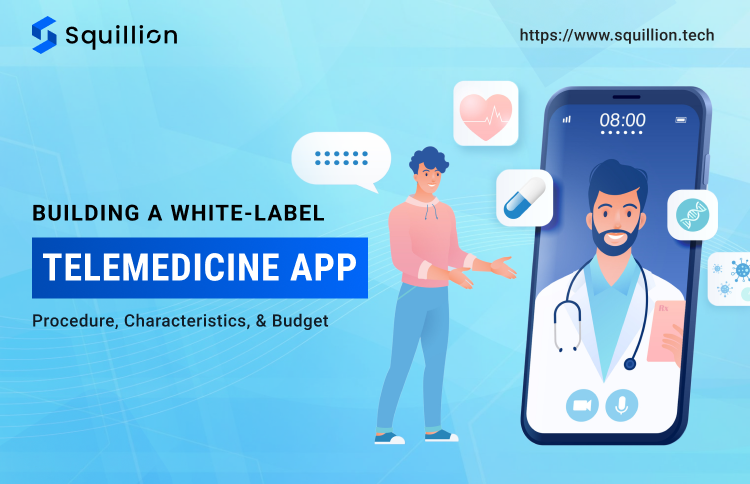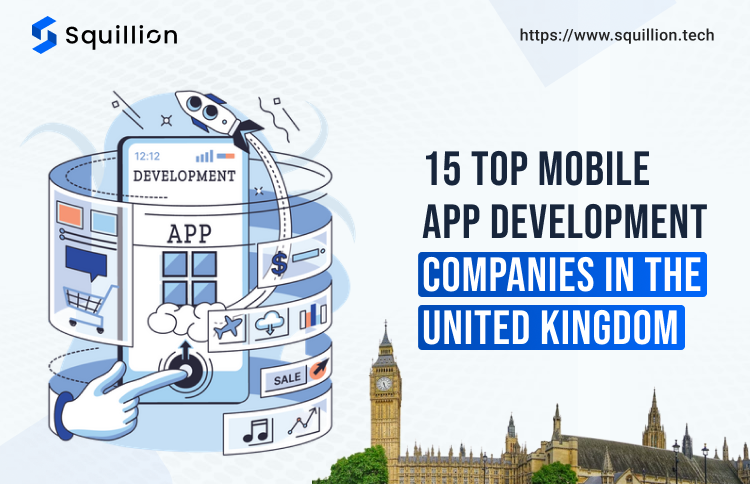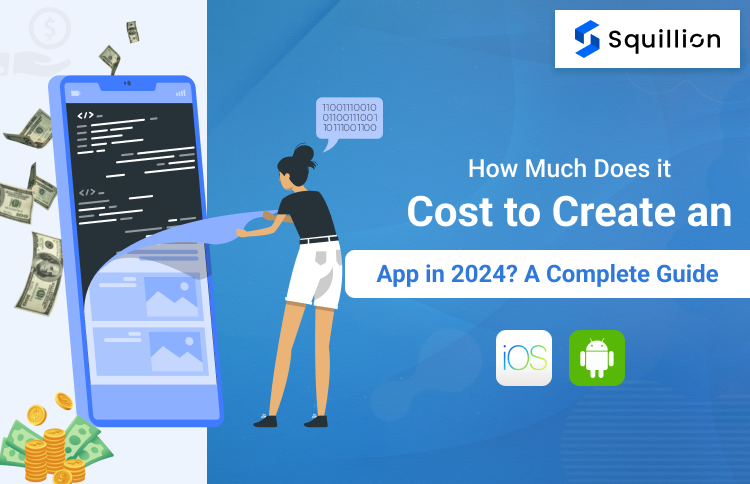Navigating the complexities of digital healthcare, businesses today are at the forefront of a significant shift – adopting telemedicine as a key service offering.
This guide digs deeply into the broader field of white-label telemedicine app development, offering a nuanced understanding for businesses poised to make a mark in this rapidly evolving sector.
From intricate procedures to budgeting strategies, we unpack the layers that constitute a successful telemedicine app tailored for enterprises looking to lead in the healthcare technology space.
What Exactly Is a White-Label Telemedicine App?
A White-Label Telemedicine App is essentially a pre-built software solution designed for healthcare services, which businesses can rebrand and modify to suit their specific needs.
This model allows for rapid deployment of telemedicine services under a company’s own brand, bypassing the lengthy and resource-intensive process of building an app from scratch.
The importance of white-label telemedicine apps in today’s healthcare landscape cannot be overstated.
With the global telemedicine market projected to reach $169.45 billion in 2024, according to a report by Grand View Research, the demand for accessible and efficient healthcare solutions is more pressing than ever.
This surge is partly driven by the increasing need for remote patient engagement and healthcare delivery, particularly in the wake of the COVID-19 epidemic.
White-label solutions not only save time and reduce development costs but also allow healthcare providers to focus on delivering quality care rather than getting bogged down by the technicalities of app development.
How Do White-Label Telemedicine Apps Differ from Custom-Built Solutions?
When venturing into the realm of telemedicine app development, it’s essential to understand the fundamental differences between white-label and custom-built solutions. Here’s a straightforward comparison to clarify these distinct approaches:
|
Basis Of Differentiation |
White-Label |
Custom-Built |
|
Foundation and Framework |
Built on a pre-existing framework, these apps offer a ready-made foundation that businesses can use. The core structure and basic functionalities are already in place. |
Developed from the ground up, custom apps are created based on unique specifications and requirements, offering a completely original framework tailored to specific needs. |
|
Customization Scope |
Customization is typically focused on branding elements and some user interface aspects. The fundamental app structure and core features often remain consistent across different deployments. |
Offers extensive customization options, including unique features, user experience design, and specific workflow integrations, providing a higher degree of control over the app’s functionality and appearance. |
|
Development Timeline |
These apps are generally quicker to deploy since the basic structure is already developed. The primary focus is on modifying the app to fit branding and minor functional requirements. |
Involves a longer development timeline as every aspect of the app is built from scratch, including both the front-end and back-end components. |
|
Resource Investment |
Requires less resource investment in terms of development effort and technical expertise, as the core app is already built and tested. |
Demands significant resources, including a dedicated development team and substantial time investment, to create and refine the app’s unique features and capabilities. |
|
Maintenance and Updates |
Maintenance and updates are often handled by the white-label service provider, reducing the need for extensive technical support from the business. |
Mandates ongoing maintenance and updates, which can be managed internally or through a partnership with a development firm, depending on the app’s complexity. |
Why Consider Investing in the Creation of a White-Label Telemedicine Platform?
Imagine a scenario where a regional healthcare provider, let’s call them “XYZCare,” is looking to expand their services by offering telemedicine.
They face two primary challenges: the need to quickly adapt to the growing demand for digital healthcare and the constraints of limited technical resources and budget.
This is where the decision to invest in a white-label telemedicine platform becomes a game-changer.
By choosing a white-label solution, XYZCare can launch its telemedicine services in a fraction of the time and cost it would take to develop an app from scratch.
The key advantages of white-label telemedicine apps
Investing in a white-label telemedicine platform is a smart move that can yield substantial benefits for businesses in the healthcare sector.
Enhanced Accessibility
White-label telemedicine platforms break down geographical barriers, enabling healthcare providers to attain a wider patient base. This increased accessibility is not just beneficial for patients in remote or underserved areas but also opens new market opportunities for businesses.
Reduced Technical Burden
Opting for a white-label solution alleviates the need for extensive technical expertise. Businesses can leverage the robust framework of an existing app, which is already tested for performance and reliability, letting them focus more on patient care and less on technical challenges.
Cost-Efficiency
Devising a telemedicine app from scratch can be a costly affair. White-label solutions offer a more budget-friendly alternative, providing a high-quality platform without the hefty price tag associated with custom development. This cost-efficiency makes it an attractive option, especially for startups and mid-sized businesses.
Enhanced Convenience
For both patients and healthcare providers, white-label telemedicine apps offer unparalleled convenience. Patients enjoy easy access to healthcare services, while providers benefit from streamlined operations, such as appointment scheduling and patient management, all integrated into a user-friendly interface.
Competitive Advantage
In a rapidly evolving digital healthcare landscape, launching a telemedicine service quickly can be a significant competitive advantage. White-label platforms enable businesses to enter the market swiftly, staying ahead of competitors who are still navigating the development process.
Scalability
As businesses grow, their needs change. White-label telemedicine platforms are designed with scalability in mind, allowing for easy adaptation and expansion. Whether it’s adding new features, accommodating more users, or expanding into new markets, these platforms can evolve alongside your business.
Key Features and Functions to Consider in White-Label Telemedicine Apps
When exploring white-label telemedicine apps, it’s crucial to understand the features and functionalities that set a high standard in digital healthcare. These elements not only enhance the user experience but also ensure efficiency, compliance, and scalability. Here are the essential features to look for:
Efficient Appointment Coordination
- Seamless Scheduling Interface: A user-friendly appointment system is vital. It should allow patients to easily book, reschedule, or cancel appointments and enable providers to manage their schedules effectively.
- Smart Calendar Integration: Integration with existing calendar systems is essential for both patients and providers. It ensures that appointments are synced in real time, reducing the chances of double bookings and missed appointments.
Advanced Communication Capabilities
- High-Definition Video and Audio Calls: Clear and reliable video and voice calling capabilities are the backbone of any telemedicine app, facilitating effective remote consultations.
- Encrypted Text Messaging: Secure messaging ensures confidentiality and privacy, allowing patients and doctors to communicate sensitive information safely.
Patient Engagement and Compliance
- Interactive Notifications and Alerts: Automated reminders for appointments, medication intake, and follow-up care are crucial for enhancing patient engagement and ensuring treatment adherence.
- Automated Health Summaries: The ability to generate and share clinical notes and health summaries automatically helps in maintaining accurate and up-to-date patient records.
Financial Transactions and Data Security
- Reliable Payment Processing: A robust payment gateway that is secure and easy to use is essential for processing financial transactions smoothly.
- Robust Data Protection: Adhere to healthcare regulations like HIPAA and ensure the security of patient data is non-negotiable.
Comprehensive Patient Records Management
- Electronic Health Records (EHR) Integration: Seamless integration with EHR systems is key for efficient patient data management.
- Efficient Cloud Storage Solutions: Cloud storage offers secure and scalable solutions for storing and accessing patient data.
Cultural and Linguistic Inclusivity
- Multilingual Support: To connect to a diverse patient base, the app should support multiple languages.
- Culturally Sensitive Interface Design: The design should be intuitive and inclusive, accommodating users from different cultural backgrounds.
Administrative Efficiency and Oversight
- Centralized Administrative Dashboard: A comprehensive dashboard for administrators to manage operations, patient data, and analytics is crucial for streamlined healthcare management.
- Reporting and Data Analytics Tools: These tools help in understanding patient trends and improving healthcare services.
Innovative Technological Integration
- Augmented Reality for Enhanced Patient Education: AR can be used to provide interactive and engaging ways for patients to understand their health conditions.
- AI-Driven Symptom Assessment: AI algorithms can assist in preliminary health assessments, guiding patients to the appropriate care.
- Integration with Wearable Health Devices: Connecting with wearable devices allows for continuous monitoring of health metrics, enriching patient care with real-time data.
Blueprint for Success: White-Label Telehealth App Development Steps
Starting on the journey of white-label telemedicine application development involves several critical steps. This process ensures that the final product not only aligns with your business goals but also fulfills the highest standards of quality and compliance requirements. Here’s a breakdown of this process:
Laying the Groundwork: Research and Strategic Planning
- In-Depth Market Analysis: The first step is a comprehensive market analysis. This involves understanding the telemedicine landscape, identifying your target audience, and recognizing trends and gaps in the current market. This research forms the foundation of your strategic approach, helping you to position your app effectively in a competitive space.
- Strategic Blueprint Development: With market insights in hand, the next step is to develop a strategic plan. This includes selecting a suitable white-label platform and defining the extent of customization needed. The strategy should align with your business objectives, whether it’s expanding patient reach, enhancing service efficiency, or entering new markets.
Ensuring Robust Compliance and Security
- Adhering to Healthcare Regulations: Compliance with healthcare regulations like HIPAA is non-negotiable. This step involves establishing protocols and safeguards to ensure patient data is handled securely and privately, maintaining trust and integrity.
- Building a Secure Framework: Implementing advanced security measures is crucial to protect the app against potential cyber threats. This includes encryption, secure data storage, and regular security audits to ensure the app remains a safe platform for users.
Personalizing the Platform: Customization and Brand Integration
- Tailoring the User Experience: Customizing the app’s interface to reflect your brand is key. This involves integrating your brand’s visual elements, such as logos and color schemes, and ensuring the user experience aligns with your brand identity.
- Feature Customization: Adapting the app’s features to meet your specific operational needs is also vital. This could include customizing appointment scheduling functionalities, communication tools, or patient management systems to enhance overall user engagement and satisfaction.
Quality Assurance and Market Introduction
- Rigorous Testing Procedures: Before launch, the app undergoes extensive testing. This includes checking for functionality, user experience, and reliability to ensure it meets high-quality standards.
- Strategic Launch and User Feedback Integration: The launch strategy is crucial for the app’s success. Post-launch, gathering and integrating user feedback is essential for continuous improvement, ensuring the app evolves to meet user needs and industry advancements.
The Average Cost in Telemedicine App Development Solutions
Understanding the financial investment before considering a telemedicine app development company is crucial for effective budgeting and strategic planning.
Cost Range
The development cost for a white-label telemedicine app typically ranges from $20,000 to $100,000. This variation depends on the level of customization, feature complexity, and integration requirements.
Key Cost Components in white-labeled telemedicine software development services
- Customization: Tailoring the app to fit your brand and specific functional needs.
- System Integration: Linking the app with existing EHR systems or other healthcare management tools.
- Maintenance and Support: Ongoing costs for updates, bug fixes, and technical assistance.
5 Future White-Label Telemedicine Platforms Trends in 2024 & Beyond
Emerging technologies and evolving healthcare paradigms are shaping new trends that will redefine how telemedicine services are delivered and experienced. Here are five key trends that are expected to make a significant impact in the world of white-label telemedicine platforms:
1. Expanding Role of Generative AI
Generative AI is set to revolutionize telemedicine by creating synthetic data for training medical algorithms and enhancing AI applications without compromising patient privacy.
2. Rise of AI-Driven Virtual Health Assistants
Expect a surge in AI-powered virtual assistants and symptom-checker chatbots, providing round-the-clock preliminary medical diagnostics and personalized health advice.
3. Integration of Wearables with Telemedicine
The synergy between mobile health apps and wearables will deepen, offering real-time health monitoring and personalized healthcare insights directly to users’ devices.
4. IoT and Virtual Hospitals
The Internet of Things (IoT) will transform telemedicine, leading to the development of virtual hospital wards and enhanced remote patient monitoring, offering a more integrated approach to healthcare.
5. Focus on Social Health Determinants
There will be an increased priority on social determinants of health (SDOH), with telemedicine platforms integrating demographic, environmental, and socioeconomic data to offer more comprehensive patient care.
Now is the Time for Your Telemedicine App
In the ever-changing realm of healthcare, a telemedicine app is no longer optional; it’s imperative. Whether opting for a white-label solution or a custom-built app, the time to embrace this essential tool is now.
It empowers healthcare providers, enhances patient access, and marks a pivotal moment in the evolution of medical services. Don’t wait; act today to shape the future of healthcare.





